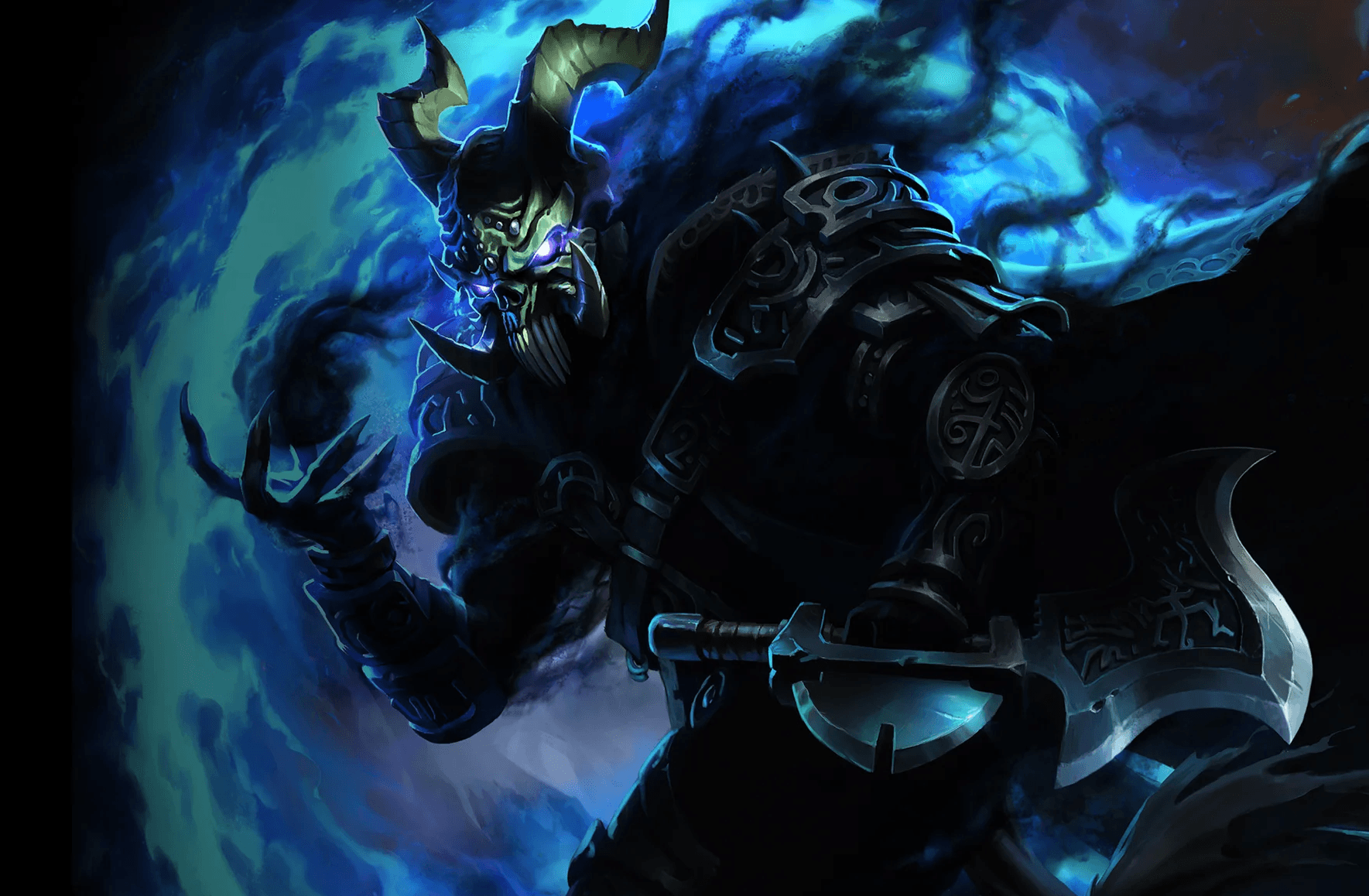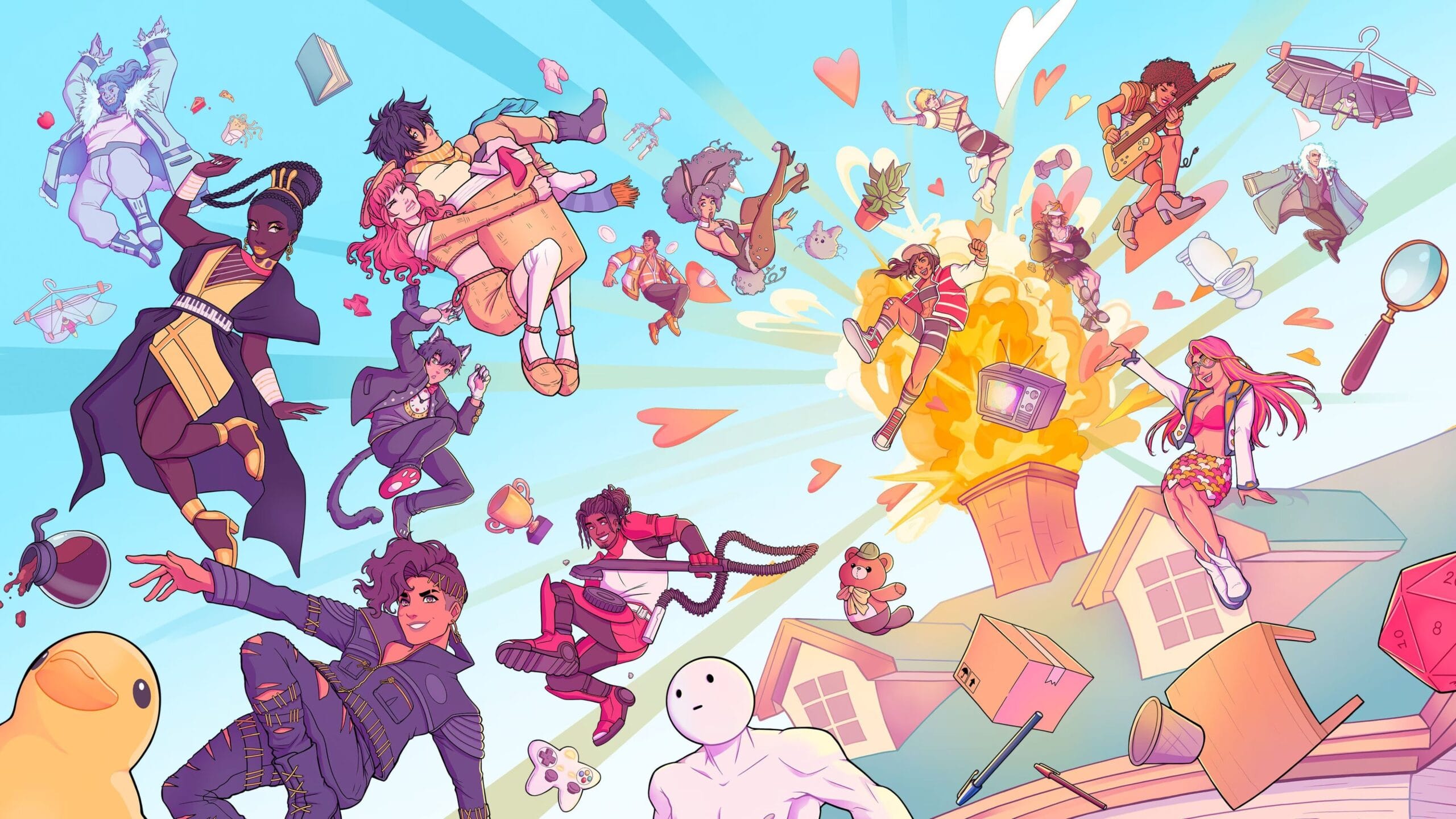At the outset, The Division 2 follows the now classic Ubisoft formula to a T. It has a pretty big map full of icons, a large cast of mostly forgettable characters, and an involved progression system that takes hours to max out. The thing is, even though it has everything going for it to be a massive slog — especially if you’ve been playing the latest Ubisoft games religiously — it somehow manages to be a brick ton of fun.
The Division 2 takes place a few months after the events of the first game. The so-called Dollar Flu really messed things up in the United States, and out of the ashes of capitalist society small groups of people have managed to carve a living, while others have fallen into pure anarchy, putting together their own militias in order to cause chaos and take over. Instead of snowy New York, we now get to join what remains of the government in an chaotic Washington D.C, overgrown with vegetation and chock full of dangerous subsets of what used to be the armed forces.
While I never really got into the original The Division, mostly due to being extremely busy at the time of its release, having the opportunity to focus on its sequel for this review really gave me a chance to dive in and find out what drove that game, as well as what makes The Division 2 a superior game. D.C proves to be a fantastic setting for a game like this, similarly to NYC, thanks to its landmarks and the sheer reality bend that is seeing it all in flames, starting with the White House, which is the first point of reference you get to see at the beginning of the game. It eventually becomes your base of operations, where you spend skill points, buy/sell weapons, as well as the many other conveniences you unlock throughout the game.

By all means, The Division 2 is one of those ‘number go up’ games. It’s focused on getting you go clamor for better and better gear, crazier special skills, and most importantly, spending a bunch of time running around picking up collectibles and discovering side missions. You’re likely to have a better time playing in a group with up to three other players, and thanks to the much improved matchmaking, it’s easy to find people to play with, if only just for doing random stuff around the map, but also for specific activities. If you choose to, however, you’re free to play through the entirety of the game solo, which from my time playing the first one, wasn’t as doable as it is in this. There are benefits to joining up with a crew, though, aside from the much more enjoyable gameplay, like extra experience via bonuses.
Playing with other people also draws focus on the need to pair up abilities that play well off with each other. Like in The Division, you’re able to unlock and use a host of cool gadgets like smart bombs and turrets, along with a few new additions, like a chemical launcher that fits a bunch of different canisters, each with their own nerf effect to enemies, or buff yourself and your group. Via mods, you can also improve their effect, alongside their effectiveness. Mods also play a role with weapons, and the further you get into the rarity tree for guns, the more of them you can plug in. Skill tree wise, The Division 2 simplifies things in comparison to the original, by streamlining it all into a set of base unlocks you pump points in order to give you universal mods for your equipment, as well as more inventory slots, XP boosters that activate during combat. There are also knick-knacks that come into play as you liberate and upgrade settlements throughout the city by delivering resources like water, crafting materials, and food, and are crucial in the long run, because they yield crafting recipes for stronger weapon and gadget mods.
The game manages to be damn generous when it comes to loot, and after its initial hump from level 1 to 10, you’ll likely be getting more equipment than you can handle, allowing you to constantly upgrade and find a set that best suits your style. For instance, if you’re into the idea of putting your gadgets to use instead of your guns per se, you’ll have to focus on fitting armor that will boost the skill power stat required for mods to kick in. The weapon variety is quite large, and for the most part, the guns do play very differently from one another — by the end, I learned a sort of unofficial weapon type break-up, since it’s never really mentioned anywhere, of fully automatic, semi-automatic, close combat, and ranged — where you can only carry two of those at a time, along with a handgun. I mostly stuck to single shot semi-automatics and machine guns in order to keep advancing enemies at bay while the group could circle around and take them out.

Speaking of enemies, the same hump that applies for the loot comes into play to encounters, since they tend to be fairly repetitive at the early game due to how slow new types of grunts are introduced for you to fight against. The Division 2 is by no means an easy game, regardless of your group composition, and it really drills in the need to take fights with a certain amount of care, sticking to cover and fighting smartly in order not to get overwhelmed. Enemies are way smarter this time around too, and are good at flanking you if you stick around for too long without dispatching them. The more people there are in your posse, the more the opposition will attempt to throw a wrench in your gears, so it’s really worth it to be on your toes and communicate with your group.
It helps that the mission design eventually becomes more than just a series of combat encounters, and thanks to the gorgeous world that Massive and the various Ubisoft studios that are involved in the development of the game, there’s a whole bunch of visual variety to it all, as well as a lot of interesting level layouts. One mission in particular takes place in a museum, and it has you stealing the Declaration of Independence. That’s just one example of how cooky some of these can get, and for as serious of a tone that The Division 2 seemingly has going for it, there’s a lot of silly to be found if you dig deep enough. The whole political angle that Ubisoft has done a particularly weak job at trying to dodge during this game’s pre-release seems to be wholly absent, with the exception of the content found in collectibles, which go into the segregation and societal issues that eventually sprang during the fall of society due to the plague. It’s definitely tame, so if you’re looking for a politically charged videogame, you won’t really find one here, outside of a whole bunch of ‘hoo-raw’ moments towards the end of the main campaign.
Once you’re through the leveling experience that maxes out at 30, which should take you around 25 to 30 hours, The Division 2 introduces specialization classes, breaking up characters into three fairly distinct roles that you can freely jump between at your leisure. I decided to give the Survivalist a go, and so far, around a couple of hours in, I’ve been having a lot of fun trapping and shooting fools with a crossbow. The Sharpshooter and Demolitionist trees also seem pretty involved, so I’m surely going be trying them out as the year of promised free content goes on throughout 2019.


For the little that I’ve played of post-game so far, it really feels like The Division 2 is one of the more complete initial “service games” experiences to come out so far, giving plenty of options for players to keep chipping away, leveling up their gear score in order to tackle tougher and tougher missions that pop up in the map once the main story wraps up. Aside from that, I’ve dabbled into the Dark Zone content for a few hours and found it to be way more enjoyable in a group that by myself. For anyone not familiar with that concept, it’s basically sealed off areas of the map that are too contaminated for people to live in, so any gear and loot that’s found there is free for the taking, if you can survive other players attacking you.
You can extract “dirty items” that are later cleaned up and can be freely used in-game, but in order to do that, there’s a whole process of having to defend the carrier that flies into the zone in order to pick your findings up. Once that starts, a timer starts and everyone that’s in the DZ at that point will get a blip on their map indicating your position, forcing you to hold your ground so you don’t lose your hard-earned treasure. If you’re into online PvP with co-op mechanics, there’s a lot to enjoy in this mode, and given that there’s a separate level gauge to fill, anyone looking for even more numbers to go up while playing is bound to squeeze even more time into the game. It’s really not for me, sadly.
All in all, The Division 2 really surprised me. After an initial five or so hours of simply being okay with how it turned out, the later portion of my leveling experience turned out to be a blast. I felt rewarded leveling up and exploring the city, and by the time I reached max level, I was nowhere near feeling like I was done playing. I’m very curious to see how far Ubisoft will be taking this game, especially considering the long legs some of their other releases have grown in the past four years, with Rainbow Six Siege and For Honor getting so much post-release support. It looks like I finally found a “service game” I want to keep up with, so here’s hope anyone playing it like me won’t be disappointed from here on out.




